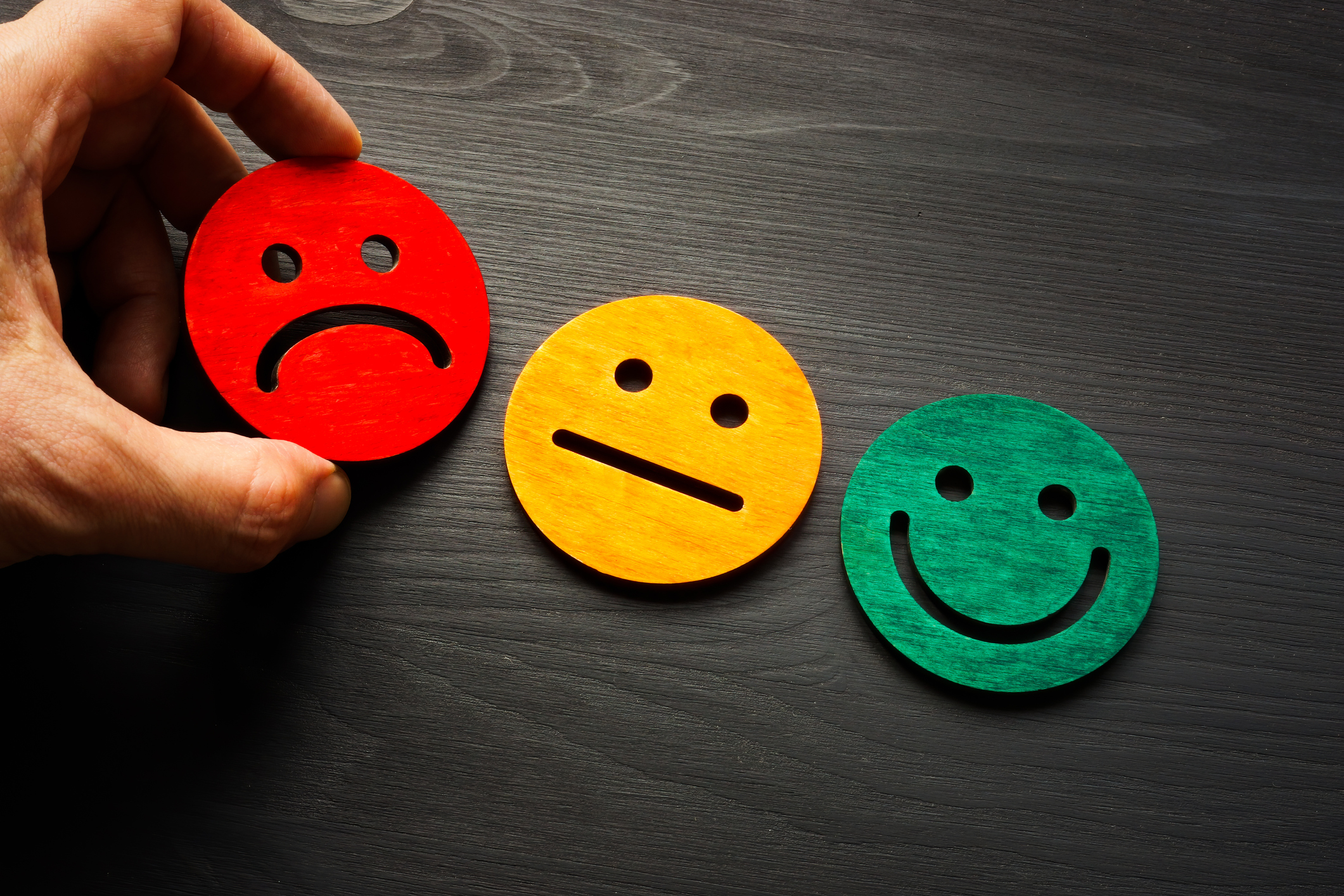Research shows poor customer experiences are costing brands billions of dollars in revenue, with more than half of consumers reporting they won’t do business with a company after a single negative experience.
P.T. Barnum is famously credited with saying, “There’s no such thing as bad publicity,” and while that may have been true for the world’s greatest showman, it is as far from a solid CX strategy as you can get. Poor customer experiences and bad online reviews that go unaddressed can cause dramatic declines in customer retention rates, revenue and overall business growth.
A more accurate quote for the CX industry comes from Warren Buffet: “It takes 20 years to build a reputation and five minutes to ruin it. If you think about that, you’ll do things differently.”
Not only are unhappy customers unlikely to keep doing business with a brand after a bad experience, there is a good chance they will tell anyone who will listen about it — costing the company both repeat business and new revenue opportunities.
Your brand’s reputation — and revenue — depends on the customer experiences you create. Exceptional experiences lead to satisfied customers and growth. But poor customer experiences can start a downward spiral that becomes nearly impossible to course-correct if not thwarted as soon as possible.
The (actual cost) of bad CX
Forbes reports poor customer service costs businesses more than $75 billion a year, with 67% of consumers claiming they would switch brands because of a bad experience. A similar consumer survey conducted last year by the CRM platform Zendesk found that 50% of customers would switch after one bad experience, and a whopping 80% would leave a brand for a competitor after two bad experiences.
U.S. companies lose more than $75 billion annually due to poor customer service.
“Valuable customers are also the customers who are having a better experience — i.e., your happy customers are more profitable than your unhappy customers,” writes Forrester VP Research Director Harley Manning, “This makes intuitive sense, and far more importantly, it’s something that data science proves conclusively.”
Not only are unhappy customers less profitable, they are putting your potential revenue at risk. A Global Customer Barometer by American Express found that the average American tells 15 people when they’ve had a poor customer experience.This translates to 15 consumers who are less likely to engage with your brand.
“Men are especially chatty when it comes to service,” reports American Express, with males telling twice as many people as women about their poor customer experience (21 compared to 10).
Your brand’s online reputation matters more than you know
Unhappy customers may be doing more harm to your brands than you know. In addition to being shared on a personal level, poor customer experiences also end up as less-than-stellar ratings within online reviews, which, in turn, affects whether or not a consumer is likely to click on your business link or not.
According to the local SEO software platform BrightLocal, 87% of consumers read online reviews for local businesses. Among the consumers reading online reviews, less than half said they would be open to doing business with a company that had garnered less than a 4-star rating.
“Only 48% [of consumers] would consider using a business that has fewer than 4 stars – meaning businesses falling under this threshold are risking around half of potential customers searching online. Just 19% would use a business with fewer than 3 stars,” writes BrightLocal. Another similar survey of more than 2,000 U.S. consumers backs up BrightLocal’s finding, revealing that consumers would not engage with a business that had less than a 3.3 star rating.
Consumers rarely engage with a business that has less than a 3.3 star rating.
And it’s not just your star ratings that count. Moz, an SEO platform for both enterprise organizations and SMBs, looked into the impact bad reviews had on brand reputation. Their research showed that a negative online review could cost a business as many as 22% of potential customers. That number more than tripled to 70% when four or more negative articles about a brand appeared in Google search results.
How to turn poor customer experiences into key learning experiences
To remedy bad CX — and reverse poor customer experiences into positive brand moments — brands must have a system in place to identify a poor experience when it happens. To ensure your brand is not negatively impacted by ongoing bad customer experiences, Experience.com recommends implementing C.A.R.E: A four-step customer service system designed by Experience.com CEO Scott Harris and covered in his book “Create WOW Customer Experiences.”
The C.A.R.E. process involves the following actions: Collecting customer feedback, apologizing for the poor experience, responding to the experience in a timely manner and escalating the customer service issue if necessary.
Customers want to be acknowledged — if you’re willing to take the time and respond to their issue in an empathetic and meaningful way, there’s a good chance you’ll not only win them over, but turn them into your biggest brand advocate. One study from NewVoice Media, a customer service platform acquired by Vonage in 2018, found that 86% of the consumers they surveyed said they would be more likely to do business with a company again if they felt they’d made a positive emotional connection with a customer service agent. The C.A.R.E. process enables businesses to make this connection.
Unhappy customers do not have to be your downfall — in fact, as Bill Gates once famously said, they are your greatest source of learning.
“The more you engage with customers, the clearer things become and the easier it is to determine what you should be doing,” said John Russell, the former president of Harley-Davidson.
Russell couldn’t be more on point — having an in-depth understanding not only of your customers, but their experiences with your brand, is key to building an exceptional CX strategy. The larger your enterprise becomes, the less likely you are to avoid poor customer experiences. It’s not about eliminating all bad experiences, but rectifying them as they happen and using your learnings to shape your entire CX strategy going forward.
To do this, organizations need tools in place that alert them to customer service issues in real-time and enable them to respond to poor customer experiences as quickly as possible.
In addition to simple CX features, your customer experience software should be able to track your CX programs and optimize the data to build strategic customer journeys. Once you are able to fully operationalize your CX data, you reduce the likelihood of poor customer experiences — elevating your overall brand reputation and significantly impacting your bottom line.











